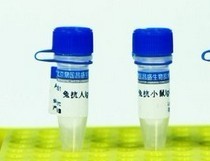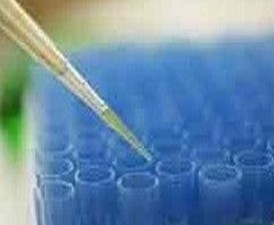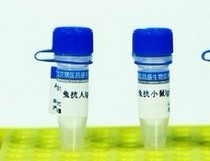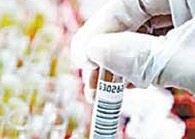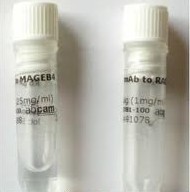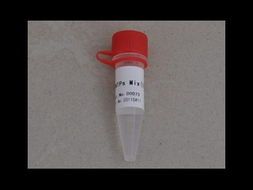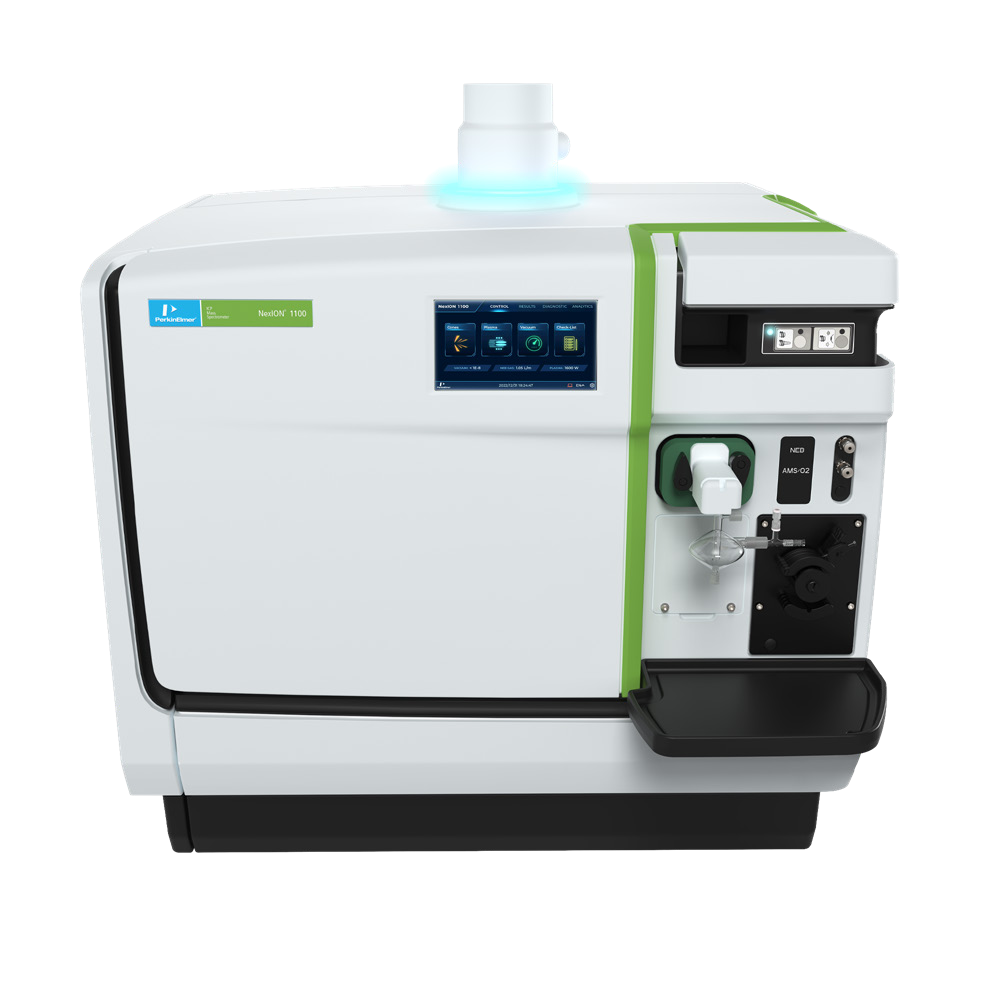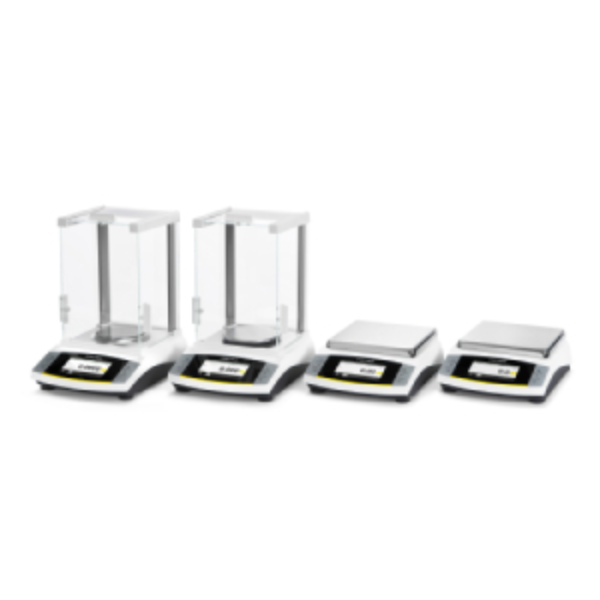公司早老素蛋白1+2抗体具有高纯度、高效价、高特异性的特点,仅用于科学研究,不可用于临床诊断及药物治疗,可以应用于多种实验。CST、Santa抗体品牌。
英文名称 Anti-Presenilin 1 + 2
中文名称 早老素蛋白1+2抗体
别 名 AD 3; AD4; AD5; Alzheimer disease 3; Alzheimer disease 4; FAD; Presenilin 1; Presenilin 2; Presenilin-1; Presenilin-2; Presenilin1; Presenilin1; PS1; PS2; PS-1; PS-2; PSEN1; PSEN2; STM2; PSN1_HUMAN; PSN2_HUMAN.
浓 度 1mg/1ml
规 格 0.1ml/100μg 0.2ml/200μg
早老素蛋白1+2抗体的相关产品:
Rabbit Anti-Mink IgG/PE PE标记的兔抗水貂IgG 0.1ml
Rabbit Anti-Mink IgG/PE-Cy3 PE-Cy3标记的兔抗水貂IgG 0.1ml
Rabbit Anti-Mink IgG/PE-CY5 PE-CY5标记的兔抗水貂IgG 0.1ml
早老素蛋白1+2抗体抗体来源 Rabbit
克隆类型 polyclonal
交叉反应 Human, Mouse, Rat, Chicken, Dog, Pig, Cow, Horse, Rabbit, Sheep
产品类型 一抗
研究领域 肿瘤 神经生物学 信号转导 细胞凋亡 细胞自噬 Alzheimer's
蛋白分子量 predicted molecular weight: 53/50kDa
性 状 Lyophilized or Liquid
免 疫 原 KLH conjugated synthetic peptide derived from human Presenilin-1 NTF subunit
亚 型 IgG
纯化方法 affinity purified by Protein A
储 存 液 Preservative: 15mM Sodium Azide, Constituents: 1% BSA, 0.01M PBS, pH 7.4
产品应用 WB=1:100-500 ELISA=1:500-1000 IHC-P=1:100-500 IHC-F=1:100-500 ICC=1:100-500 IF=1:100-500
(石蜡切片需做抗原修复)
not yet tested in other applications.
optimal dilutions/concentrations should be determined by the end user.
保存条件 Store at -20 °C for one year. Avoid repeated freeze/thaw cycles. The lyophilized antibody is stable at room temperature for at least one month and for greater than a year when kept at -20°C. When reconstituted in sterile pH 7.4 0.01M PBS or diluent of antibody the antibody is stable for at least two weeks at 2-4 °C.
Important Note This product as supplied is intended for research use only, not for use in human, therapeutic or diagnostic applications.
产品介绍 Alzheimer's disease (AD) patients with an inherited form of the disease carry mutations in the presenilin proteins (PSEN1; PSEN2) or the amyloid precursor protein (APP). These disease-linked mutations result in increased production of the longer form of amyloid-beta (main component of amyloid deposits found in AD brains). Presenilins are postulated to regulate APP processing through their effects on gamma-secretase, an endoprotease complex that catalyzes the intramembrane cleavage of integral membrane proteins such as Notch receptors and APP.
Function : Probable catalytic subunit of the gamma-secretase complex, an endoprotease complex that catalyzes the intramembrane cleavage of integral membrane proteins such as Notch receptors and APP (beta-amyloid precursor protein). Requires the other members of the gamma-secretase complex to have a protease activity. May play a role in intracellular signaling and gene expression or in linking chromatin to the nuclear membrane. Stimulates cell-cell adhesion though its association with the E-cadherin/catenin complex. Under conditions of apoptosis or calcium influx, cleaves E-cadherin promoting the disassembly of the E-cadherin/catenin complex and increasing the pool of cytoplasmic beta-catenin, thus negatively regulating Wnt signaling. May also play a role in hematopoiesis.
Subunit : Homodimer. Component of the gamma-secretase complex, a complex composed of a presenilin homodimer (PSEN1 or PSEN2), nicastrin (NCSTN), APH1 (APH1A or APH1B) and PEN2. Such minimal complex is sufficient for secretase activity. Other components which are associated with the complex include SLC25A64, SLC5A7, PHB and PSEN1 isoform 3. Predominantly heterodimer of a N-terminal (NTF) and a C-terminal (CTF) endoproteolytical fragment. Associates with proteolytic processed C-terminal fragments C83 and C99 of the amyloid precursor protein (APP). Associates with NOTCH1. Associates with cadherin/catenin adhesion complexes through direct binding to CDH1 or CDH2. Interaction with CDH1 stabilizes the complex and stimulates cell-cell aggregation. Interaction with CDH2 is essential for trafficking of CDH2 from the endoplasmic reticulum to the plasma membrane. Interacts with CTNND2, CTNNB1, HERPUD1, FLNA, FLNB, MTCH1, PKP4 and PARL. Interacts through its N-terminus with isoform 3 of GFAP. Interacts with DOCK3.
Subcellular Location : Endoplasmic reticulum membrane; Multi-pass membrane protein. Golgi apparatus membrane; Multi-pass membrane protein. Cell surface. Note=Bound to NOTCH1 also at the cell surface. Colocalizes with CDH1/2 at sites of cell-cell contact. Colocalizes with CTNNB1 in the endoplasmic reticulum and the proximity of the plasma membrane. Also present in azurophil granules of neutrophils.
Tissue Specificity : Expressed in a wide range of tissues including various regions of the brain, liver, spleen and lymph nodes.
Post-translational modifications : Heterogeneous proteolytic processing generates N-terminal (NTF) and C-terminal (CTF) fragments of approximately 35 and 20 kDa, respectively. During apoptosis, the C-terminal fragment (CTF) is further cleaved by caspase-3 to produce the fragment, PS1-CTF12.
After endoproteolysis, the C-terminal fragment (CTF) is phosphorylated on serine residues by PKA and/or PKC. Phosphorylation on Ser-346 inhibits endoproteolysis.
DISEASE : Defects in PSEN1 are a cause of Alzheimer disease type 3 (AD3) [MIM:607822]. AD3 is a familial early-onset form of Alzheimer disease. Alzheimer disease is a neurodegenerative disorder characterized by progressive dementia, loss of cognitive abilities, and deposition of fibrillar amyloid proteins as intraneuronal neurofibrillary tangles, extracellular amyloid plaques and vascular amyloid deposits. The major constituent of these plaques is the neurotoxic amyloid-beta-APP 40-42 peptide (s), derived proteolytically from the transmembrane precursor protein APP by sequential secretase processing. The cytotoxic C-terminal fragments (CTFs) and the caspase-cleaved products such as C31 derived from APP, are also implicated in neuronal death.
Defects in PSEN1 are a cause of frontotemporal dementia (FTD) [MIM:600274]. [DISEASE] Defects in PSEN1 are the cause of cardiomyopathy dilated type 1U (CMD1U) [MIM:613694]. It is a disorder characterized by ventricular dilation and impaired systolic function, resulting in congestive heart failure and arrhythmia. Patients are at risk of premature death.
Defects in PSEN1 are the cause of familial acne inversa type 3 (ACNINV3) [MIM:613737]. A chronic relapsing inflammatory disease of the hair follicles ch早老素蛋白1+2抗体aracterized by recurrent draining sinuses, painful skin abscesses, and disfiguring scars. Manifestations typically appear after puberty.
Similarity : Belongs to the peptidase A22A family.
Database links : UniProtKB/Swiss-Prot: P49768.1
公司提供早老素蛋白1+2抗体价格绝对优势,欢迎新老客户来电垂询我公司优质抗体早老素蛋白1+2抗体说明书及报价等。
更多![]()
企业名称
上海抚生实业有限公司
企业信息已认证
企业类型
信用代码
310112001171431
成立日期
2012-05-02
注册资本
50
经营范围
上海抚生实业有限公司
公司地址
上海闵行区七莘路
客服电话



